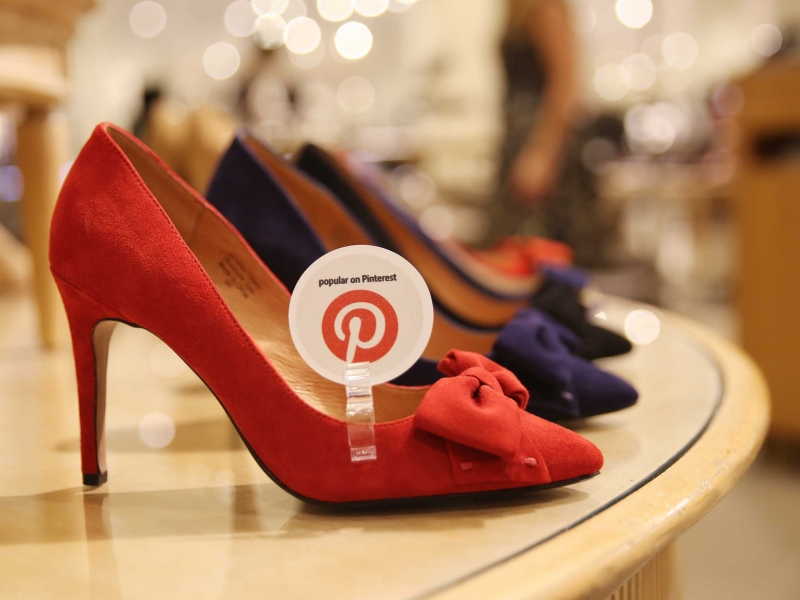Buy Buttons and What They Mean For Brands, Retailers, and Bloggers
Last month Google announced it will be introducing a "buy" button on some mobile search result pages. And now Pinterest says it will do the same, starting with its mobile app.
The addition of such buttons to already extremely powerful platforms looks like an opportunity for them to make some serious money. But how will they affect retailers, brands, and bloggers?

The introduction of "buy" buttons is an attempt to stay ahead of and dominate the nascent mobile commerce market. The trend took off last year, when Facebook tested "buy" buttons in newsfeed ads – which Twitter quickly responded to with their own.
But, in some ways, Google and Pinterest are much better placed to make the most of such tools. These platforms are frequented by users often already on the cusp of buying products. People make searches for products on Google to compare prices and find out more information. On Pinterest, people get creative ideas that, more often than not, require them to make a purchase in order to see those creative ideas through.
Social media platforms hope that the introduction of "buy" buttons will usher in "social selling", which is about establishing credibility with customers and winning trust. All of which should hopfeully lead to a sale.
This means that, since "buy" buttons could reduce the need for consumers to visit retail websites altogether, brands and retailers will have to work harder at keeping their customers on their feeds by developing even higher quality content that is engaging and authentic, to keep them buying.
Or retailers would need to be smarter with how they use technology in-store. This could be a huge opportunity. Having an endorsement that a product is 'trending' on Pinterest instore could produce better sales in the store as well as online. Mobile integration could also allow the retailer to continue building the relationship with the customer once they leave the store.
The "buy" buttons actually could be a good opportunity for bloggers, since they are already using these platforms. Having a more direct way for their followers to purchase the products they wear or discuss could make them more independent from the brands (some brands pay bloggers up to 100,000 USD for a single placement on Instagram) allowing them to be more free in the choices they make when posting online.
Brands, of course, can continue to take advantage of bloggers’ statuses by paying them to create or link to specific articles or content featuring "buy" buttons. Bloggers with the most number of followers will become even more influential and be able to command higher placement fees.
But bloggers should be wary. If they do this too much, or too obviously, they could damage their reputation.
How do you think "buy" buttons will affect brands, retailers, and bloggers?
Email us your thoughts.
